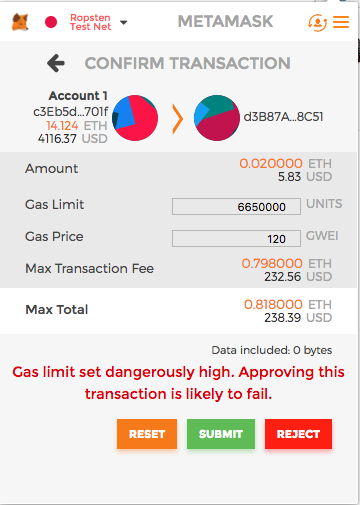Reposting an answer from bitcoin stackexchange. Thanks to Lukasz Zuchowski
In Ethereum, gas is a measure of computational effort. To each operation, a fixed amount of gas is assigned (e.g. adding two numbers costs 3 gas, calculating a hash costs 30 gas, sending a transaction costs 21000 gas [1]).
Since computation is expensive (mind that it has to be done by every full node in the network), excessive consumption of gas needs to be discouraged. Therefore, each unit of gas must be paid for (in Ether) by the sender of the transaction that triggered the computation.
Unfortunately, it is often not easy and in general even impossible to know in advance how much gas a transaction will need eventually. Therefore, transactions have a gas limit field to specify the maximum amount of gas the sender is willing to buy. If the gas used exceeds this limit during execution, processing is stopped. The sender still has to pay for the performed computation, but they are protected from running completely out of funds.
The transaction gas limit also protects full nodes from attackers, who could, without a gas limit, make them execute effective infinity loops. If such a transaction would take longer than one block to process, it could never be included in a block, and, thus, the attacker wouldn't need to pay for it. [2]
Additionally, blocks, too, have a field called gas limit. It defines the maximum amount of gas all transactions in the whole block combined are allowed to consume. Similar to the maximum block size in Bitcoin (measured in bytes), its purpose is to keep block propagation and processing time low, thereby allowing for a sufficiently decentralized network. In contrast to Bitcoin, it is however not a constant. Instead, miners have the option to increase or decrease it every block by a certain factor. [3]
[1] See the Yellow Paper for a breakdown of operations and the respective gas costs (Appendices G and H)
[2] https://github.com/ethereum/wiki/wiki/Design-Rationale#gas-and-fees
[3] See the Yellow Paper Equations 40 to 42 for the exact rules

